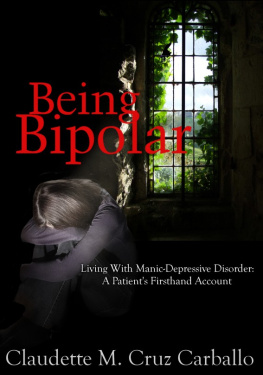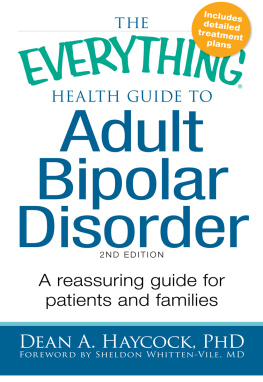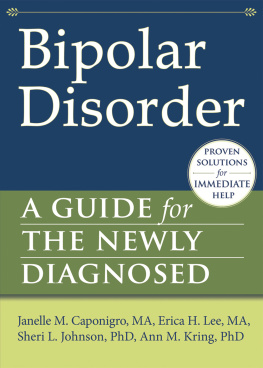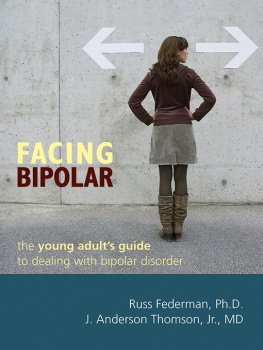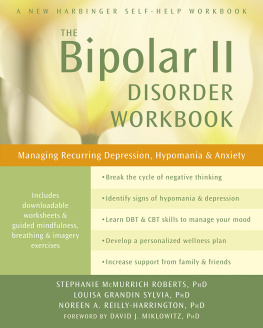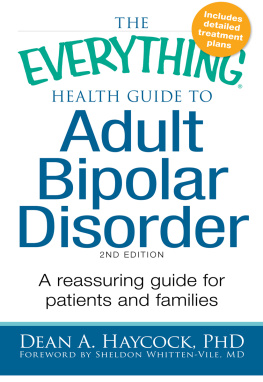Copyright 2020 by Rockridge Press, Emeryville, California
No part of this publication may be reproduced, stored in a retrieval system, or transmitted in any form or by any means, electronic, mechanical, photocopying, recording, scanning, or otherwise, except as permitted under Sections 107 or 108 of the 1976 United States Copyright Act, without the prior written permission of the Publisher. Requests to the Publisher for permission should be addressed to the Permissions Department, Rockridge Press, 6005 Shellmound Street, Suite 175, Emeryville, CA 94608.
Limit of Liability/Disclaimer of Warranty: The Publisher and the author make no representations or warranties with respect to the accuracy or completeness of the contents of this work and specifically disclaim all warranties, including without limitation warranties of fitness for a particular purpose. No warranty may be created or extended by sales or promotional materials. The advice and strategies contained herein may not be suitable for every situation. This work is sold with the understanding that the Publisher is not engaged in rendering medical, legal, or other professional advice or services. If professional assistance is required, the services of a competent professional person should be sought. Neither the Publisher nor the author shall be liable for damages arising herefrom. The fact that an individual, organization, or website is referred to in this work as a citation and/or potential source of further information does not mean that the author or the Publisher endorses the information the individual, organization, or website may provide or recommendations they/it may make. Further, readers should be aware that websites listed in this work may have changed or disappeared between when this work was written and when it is read.
For general information on our other products and services or to obtain technical support, please contact our Customer Care Department within the United States at (866) 744-2665, or outside the United States at (510) 253-0500.
Rockridge Press publishes its books in a variety of electronic and print formats. Some content that appears in print may not be available in electronic books, and vice versa.
TRADEMARKS: Rockridge Press and the Rockridge Press logo are trademarks or registered trademarks of Callisto Media Inc. and/or its affiliates, in the United States and other countries, and may not be used without written permission. All other trademarks are the property of their respective owners. Rockridge Press is not associated with any product or vendor mentioned in this book.
Interior and Cover Designer: Stephanie Sumulong
Art Producer: Hannah Dickerson
Editor: Samantha Barbaro
Production Editor: Nora Milman
courtesy of Kilroy Dunne Photography
ISBN: Print 978-1-64739-000-6 | eBook 978-1-64739-001-3
R0
With thanks to all of the clients and mental
health advocates whose stories and lives
gave me the knowledge to write this book.
While Ive been very fortunate in my
mentors, for this book I owe special thanks to
my two most important mentors in the area
of psychopathology: Dr. Jerry Westermeyer
and Dr. Robert T. Baker.
Contents
This book is a practical guide for people whose family members are among the 2 million-plus Americans living with bipolar disorder. The disorder causes drastic shifts in mood and energy, which can be confusing , frustrating , and overwhelming for the person experiencing themand for the people supporting them. If your loved one was recently diagnosed with bipolar, you likely have a lot of questions, fears, and concerns about how to help them live the healthiest life possible. This book will try to answer all those questions as well as teach you how to improve communication with your family member and create a support system that works for everyone.
Families are an essential part of bipolar treatment, because they can have such a deep impact on recovery. Studies have shown that supportive family members help people with bipolar disorder become more emotionally stable, stay on top of medications and appointments, and identify mood episodes earlier. Conversely, research shows that unsupportive loved ones and emotional toxicity can be as dangerous to recovery as skipping medication doses. In my 20-plus years working as a clinical psychologist specializing in mental illness, Ive seen the difference that a supportive family can make. Family members can help with everything from taking medications and getting to appointments, to coping with depressed thinking and finding healthier outlets for the excess energy from mania or hypomania. This book will help you learn how to best support your family member with bipolar disorder, while also managing your and your familys stress levels and preventing emotional burnout.
The book is divided into three sections. includes tools to help you work together as a family and thrive, while also acknowledging the presence of bipolar disorder in a realistic way.
Throughout the book, I draw from clinical studies as well as my own careerIve spent more than 20 years working everywhere from hospital psych units to private practice. In my practice, Ive treated hospital patients whose mania caused them to take dangerous risks and to not sleep for days, people who have already fought their way to stability and are enjoying a life of work and healthy relationships, and many people at stages of recovery between these two extremes. Im speaking from my own professional experience, but also from my clients expertise on living with bipolar disorder.
Throughout the book, I use the term bipolar interchangeably with bipolar disorder. I also use the term family throughout to mean supportive loved ones. This might mean blood relatives or a support system of friends and chosen family. No matter how youre connected to your loved one with bipolar disorder, I hope that this book will help you understand them better.
In part 1, youll learn to understand bipolar disorder itself. In addresses the myths and realities of bipolar disorder, current scientific research, and how to steer clear of misinformation about the disorder.
Bipolar is a psychiatric disorder characterized by mood swings called mood episodes, which can take a person from grandiose thinking and euphoria to lethargy and suicidal ideation. Theres no set schedule for how a person with bipolar disorder moves through mood episodes; the length and cause of cycles vary from person to person.
Though there are a few different forms of bipolar disorder, common traits include impulsive behavior, excess energy, and strong emotions that dont always seem to make sense. A person with bipolar disorder doesnt usually have a lot of control over those symptoms at first. Still, it can be difficult to understand and empathize with your family member with bipolar, because their behavior during a mood episode may seem strange, upsetting , or hurtful. In fact, some symptoms may lead a person experiencing a mood episode to react badly to genuine attempts to help.
In this chapter youll learn about what someone may experience during a mood episode, as well as communication skills to help your family understand one anothers needs and experiences of bipolar disorder.
Its Different for Everyone
Sam, a man in his early 20s, had his third serious depressive episode. Therapy did not seem to be working for him, so he tried an antidepressant. However, soon after Sam began taking his medication, he began acting impulsively as he had in his teens. He also had trouble sleeping. Sam gave therapy another try. His therapist noticed how Sam shifted between feeling depressed and feeling impulsive and unable to sleep. He was diagnosed with bipolar disorder, type II.


